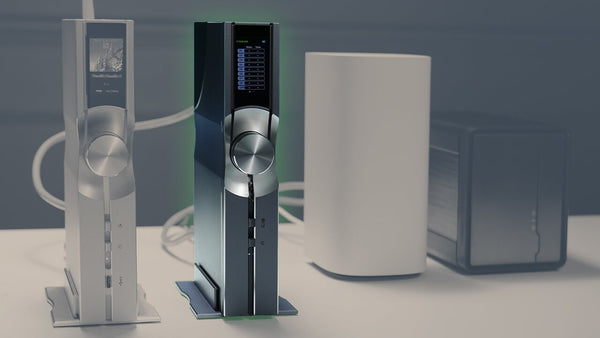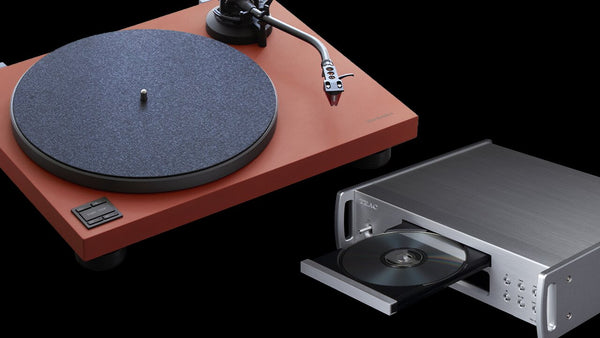MP3, which stands for MPEG Audio Layer III, is a type of compressed audio file.
If you didn’t immediately know about MP3s after they were released in 1993, you most certainly knew after the first iPod MP3 player came out in 2001. Apple did not invent the MP3 player (nor did they invent the MP3), but they certainly marketed it into an international phenomenal offering "1,000 songs in your pocket." All of those songs that fit onto your iPod? They were MP3 files, and because they were compressed, your iPod could hold a lot of them.
MP3 files had many advantages in the burgeoning age of file downloading and sharing. Smaller file sizes meant you could download are share MP3s quickly, and fit a lot of them on your music player or hard drive.
Now, there are two types of compressed files: lossy and lossless. MP3s are known as lossy compressed files, because some of the source’s original data is lost during the compression and because the compression is irreversible. This is in contrast to lossless compressed files, such as FLAC. MP3 files can be up to 10 times smaller than lossless formats.
So how is it decided which parts of the file will be compressed? Compression takes out parts of the audio that are considered to be inaudible to the human ear. Our ears are capable of hearing frequencies between 20Hz and 20kHz. The compression process eliminates frequencies at the highest and lowest ends that we have a hard time hearing. The higher the compression, however, the lower the audio quality.














